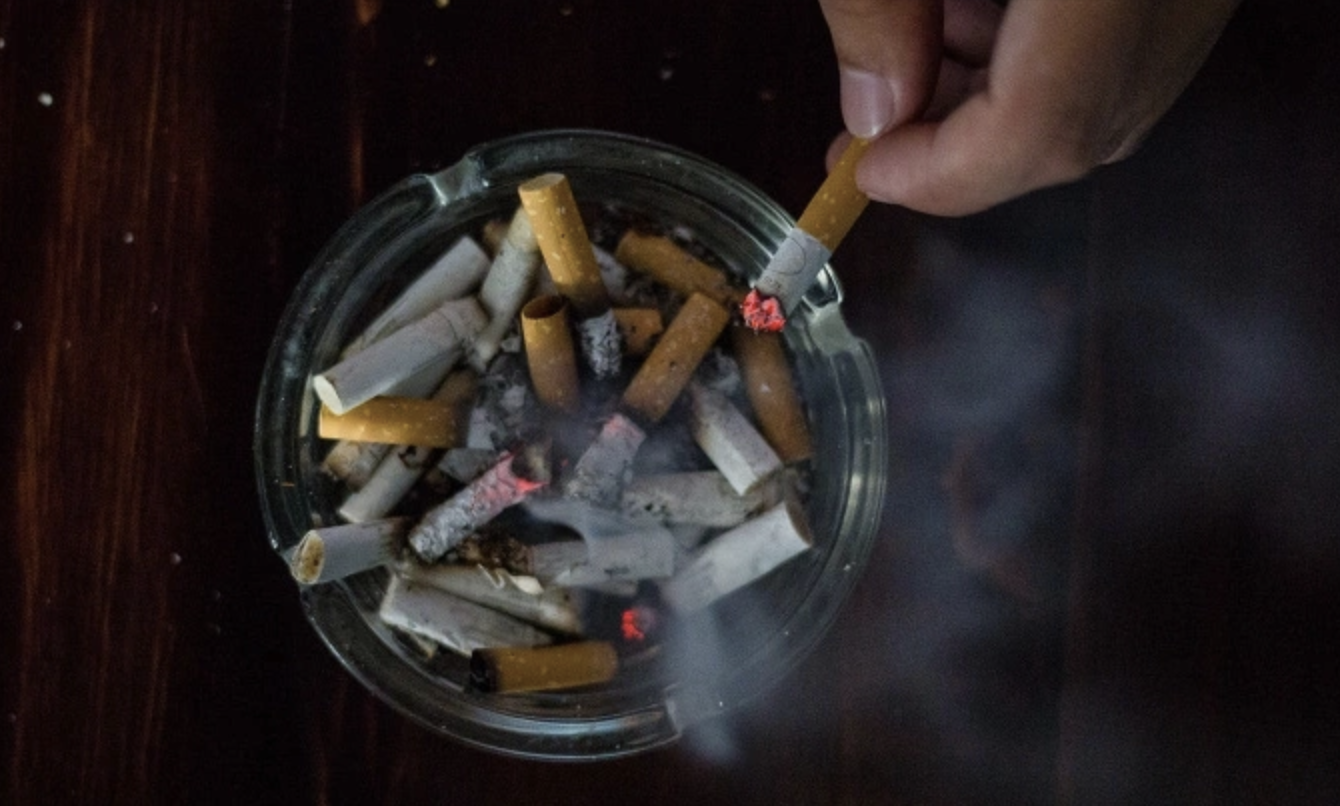A stroke occurs when blood supply to part of the brain is interrupted or reduced, preventing brain tissue from receiving oxygen and nutrients. Within minutes, brain cells begin to die.
There are two main types of stroke: ischemic stroke and hemorrhagic stroke. Ischemic stroke, which accounts for about 85% of all cases, is caused by a blood clot blocking an artery supplying blood to the brain. Hemorrhagic stroke, about 15% of cases, occurs when a weakened blood vessel ruptures. Although less common, hemorrhagic strokes often have more severe consequences.
Stroke was once considered a disease of those over 50. However, according to the World Health Organization (WHO), the incidence of stroke in young adults (18-45 years old) is increasing due to modern sedentary lifestyles, high work pressure, and unhealthy diets.
Doctor Le Nhat Duy, from University Medical Center Ho Chi Minh City - Campus 3, notes that many young people remain unaware of the risk factors and preventive measures for stroke.
Several factors increase stroke risk in young adults:
Underlying Medical Conditions
Cerebrovascular malformations
This is the leading cause of hemorrhagic stroke in young adults. Abnormal development of blood vessels in the brain can create aneurysms or arteriovenous malformations, leading to bleeding or narrowing of blood vessels, causing ischemic stroke.
Heart disease
Heart conditions like atrial fibrillation, heart valve defects, and heart failure can increase the risk of blood clots forming in the heart, traveling to the brain, and blocking blood vessels.
High blood pressure
Frequently consuming processed and canned foods high in sodium increases the incidence of high blood pressure in young adults. High blood pressure and ruptured cerebral aneurysms are common causes of hemorrhagic stroke.
Diabetes
Consuming sugary foods increases the risk of diabetes, which damages endothelial cells and promotes fat accumulation in blood vessels.
Dyslipidemia
Unhealthy diets, lack of exercise, being overweight, and obesity increase the risk of atherosclerosis, leading to blocked arteries in the brain.
Lifestyle
Smoking
Cigarettes contain over 7,000 harmful chemicals, increasing the risk of atherosclerosis in the brain. Smoking also raises triglycerides and lowers HDL cholesterol, contributing to stroke risk.
Substance abuse
Alcohol and drug abuse increase the risk of hemorrhagic stroke.
Lack of exercise
Physical inactivity contributes to the rise in stroke among young adults.
Stress
Chronic stress is also a potential risk factor.
Sleep deprivation
Lack of sleep can increase stroke risk. Sleep disorders like sleep apnea are also risk factors.
 |
Smoking raises triglycerides and lowers HDL cholesterol, contributing to stroke risk. Photo: Thanh Nguyen |
Smoking raises triglycerides and lowers HDL cholesterol, contributing to stroke risk. Photo: Thanh Nguyen
Birth control pills
Frequent or excessive use of emergency contraception can increase blood pressure and the likelihood of blood clots.
Genetic factors
A family history of stroke increases the risk in young adults.
Race and socioeconomic conditions
Studies indicate higher stroke rates among people of African, Hispanic, and East Asian descent, as well as those in lower socioeconomic groups.
Doctor Kieu Xuan Thy, Deputy Head of Campus 3, University Medical Center Ho Chi Minh City, states that early stroke symptoms include facial drooping, arm or leg weakness on one side, difficulty speaking, severe headache, loss of balance, and sudden blurred vision.
If stroke symptoms are detected, immediately transport the patient to the nearest medical facility for emergency care. Do not self-medicate or use unscientific methods like bloodletting or lemon juice application. After the acute phase, combine modern and traditional medicine for rehabilitation and to prevent recurrence.
Stroke prevention and intervention include controlling blood pressure (below 130/80 mmHg), blood sugar, and cholesterol levels; maintaining a healthy lifestyle by limiting tobacco and alcohol, eating plenty of fruits and vegetables, reducing saturated fat intake, exercising for 30 minutes/day, 5 days/week; and managing stress through rest and meditation.
Use preventive medications such as low-dose aspirin or blood pressure and lipid-lowering drugs as prescribed. Combine with medicinal foods (black bean soup, lotus seeds) and practice qigong and health exercises.
At-risk individuals, including young adults, should have regular health checkups, especially if they have a family history of stroke or heart disease.
My Y












